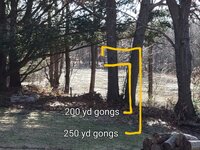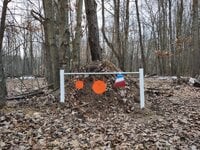Hey everyone,
I'm looking to set up a safe and effective home target practice area and could use some advice. I primarily shoot a .22 rifle and an air pistol and have some space to work with, but I want to make sure everything is set up properly for safety and longevity.
For those who have done this before, what are the best materials for backstops to prevent ricochets or damage? Do any recommendations for targets that hold up well over time? Also, what steps do you take to ensure neighbors (and property) remain safe?
I’d love to hear about different setups—whether indoor, outdoor, garage, or backyard—and any lessons learned from experience.
If you have pictures of your setup, that would be even better!
I'm looking to set up a safe and effective home target practice area and could use some advice. I primarily shoot a .22 rifle and an air pistol and have some space to work with, but I want to make sure everything is set up properly for safety and longevity.
For those who have done this before, what are the best materials for backstops to prevent ricochets or damage? Do any recommendations for targets that hold up well over time? Also, what steps do you take to ensure neighbors (and property) remain safe?
I’d love to hear about different setups—whether indoor, outdoor, garage, or backyard—and any lessons learned from experience.
If you have pictures of your setup, that would be even better!







